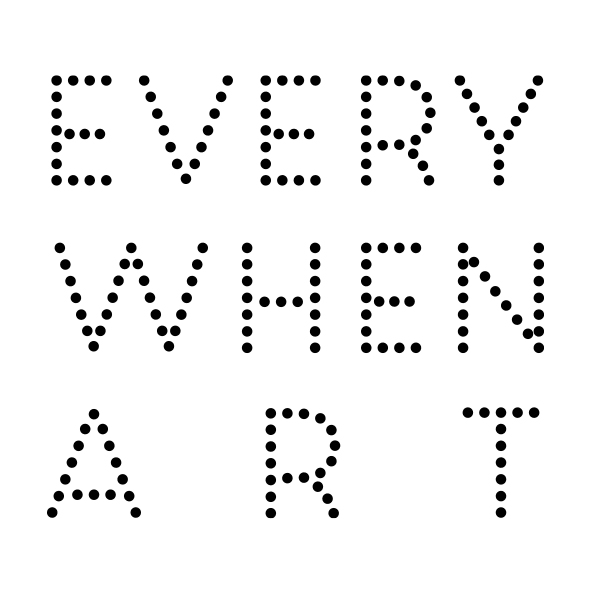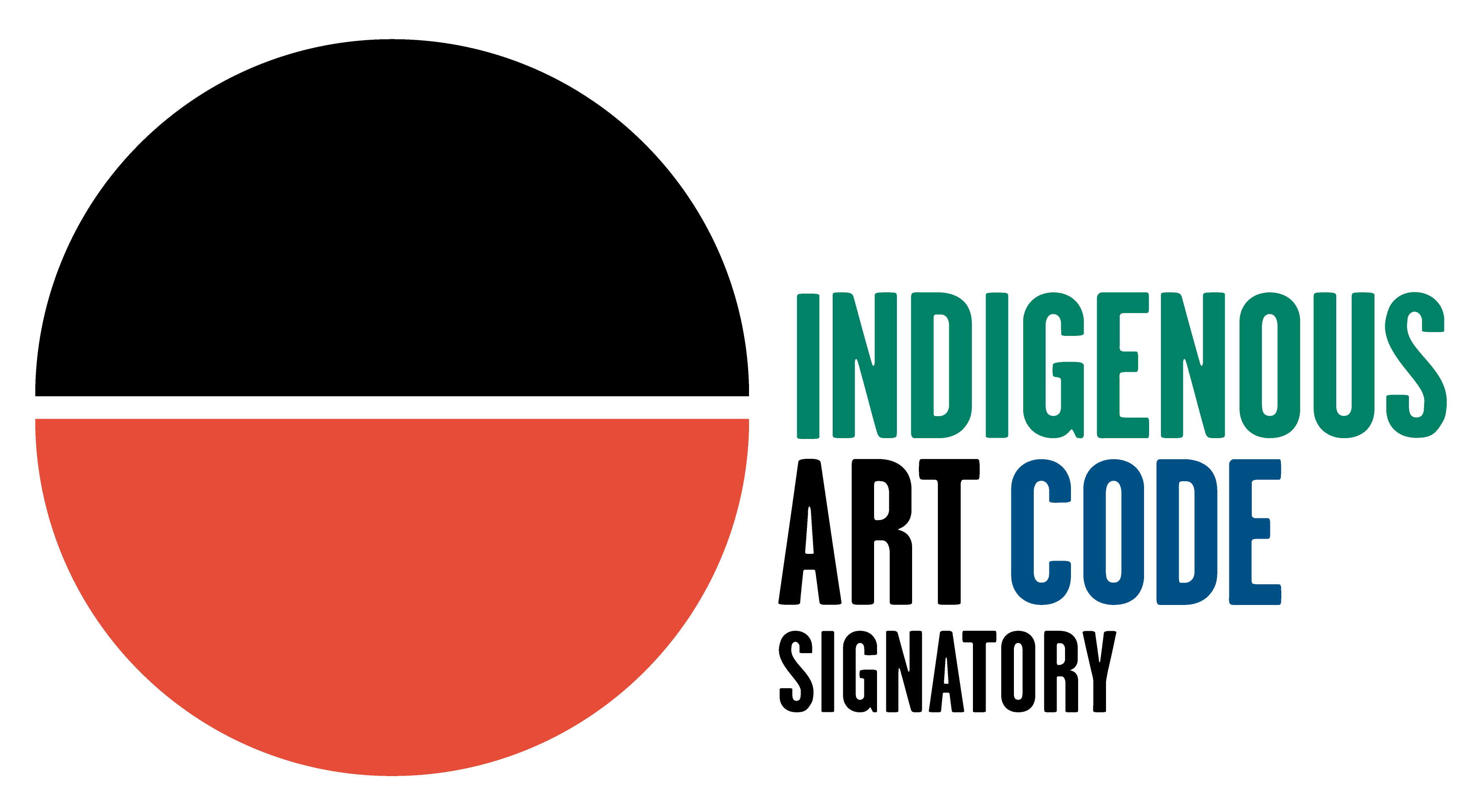Guykuda Mununggurr Yolngu, b. 20/9/1966
45 1/4 x 4 3/4 x 5 7/8 in
This artist is the only artist at his homeland of Garrthalala. He has distinguished himself as a completely innovative sculptor who pioneers new materials and techniques. One of the themes that he has pursued is the natural representation of animal species without reference to their sacred identity. This is one such work. This bird is maḻwiya (emu).
This piece is made from mixed media including renewable wood which is usually harvested from the tree in the dry season. Preferred woods are Maḻwan (Hibiscus Tiliaceus), Gunhirr (Blind-Your-Eye-Mangrove), Wuḏuku (mangrove wood), Barraṯa (Kapok). The first activity is to enter the monsoon vine thicket and cut the wood and carry it back to the vehicle. Often a long hike through prickly vines and scrub.
The wood is skinned and left to dry for a short period. It is then shaped by knife or axe. After the surface is sanded the first smooth layer of paint goes down, however Guykuḏa has first covered the surface in dhalpi (Sand Palm - Livistona humilis) leaves for the emu's feathers. The paints used are earth pigments. The red (meku), yellow (Gaŋgul) and black (gurrŋan) are provided by rubbing rocks of these colours against a grinding stone and then adding water and PVA glue in small quantities. A new batch of paint is prepared or renewed every few minutes as it dries or is used up.
After an outline of the composition is laid down the painting commences. This is applied using a brush called marwat, made of a few strands of straight human hair usually from a young woman or girl. The artist charges the marwat (brush) with the paint and then paints away from themselves in a straight line. Each stroke requires a fresh infusion of pigment.
The last layer to be applied is almost always the white clay or gapan which is made from kaolin harvested from special sites.
This also has water and glue added after being crushed into a fine powder.
SIGN UP TO OUR MAILING LIST FOR ALL THE NEWS
* denotes required fields
We will process the personal data you have supplied in accordance with our privacy policy (available on request). You can unsubscribe or change your preferences at any time by clicking the link in our emails.


